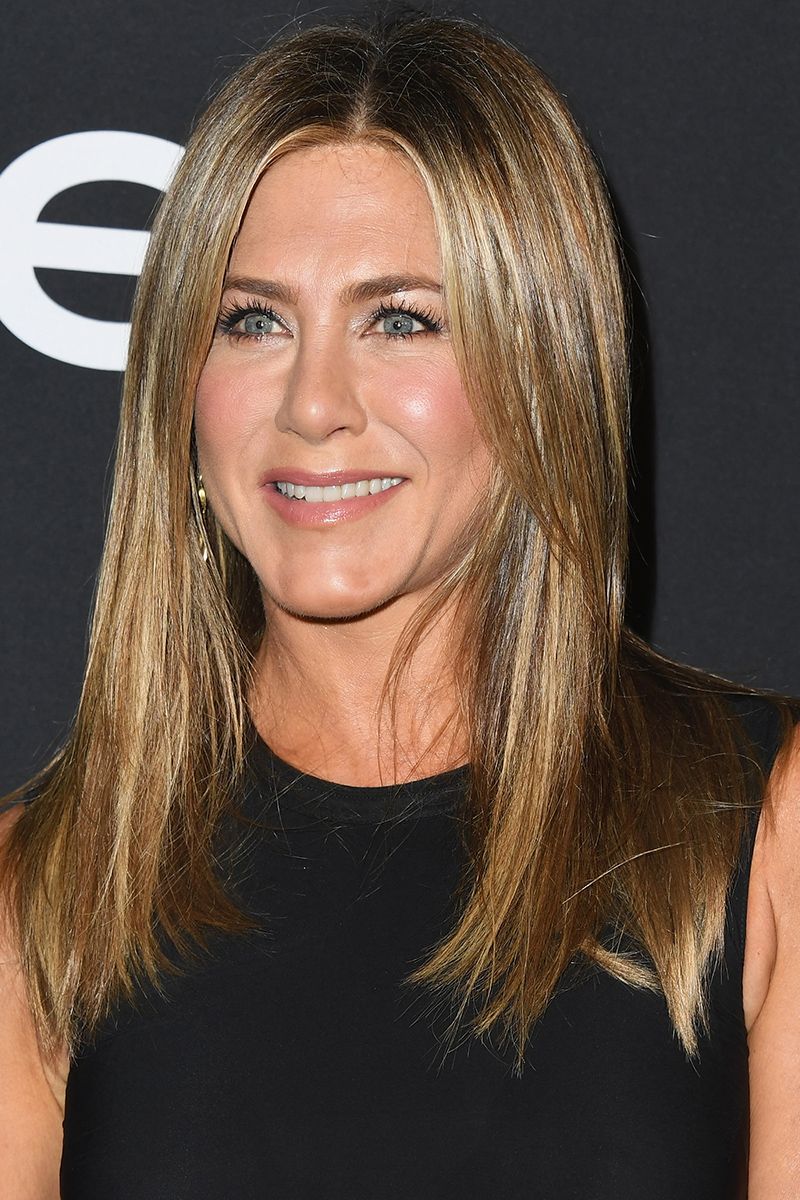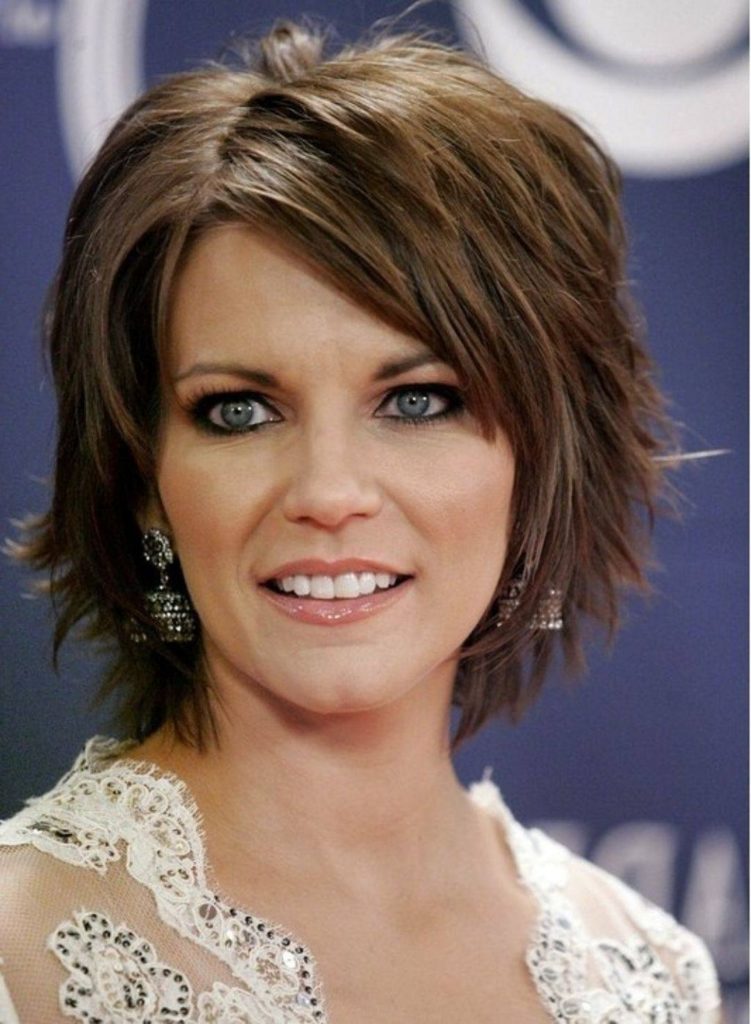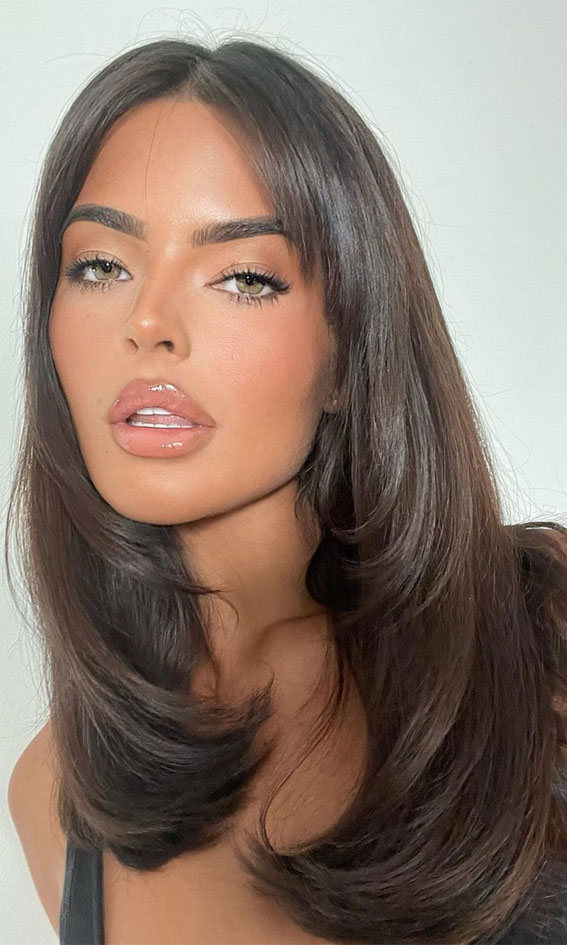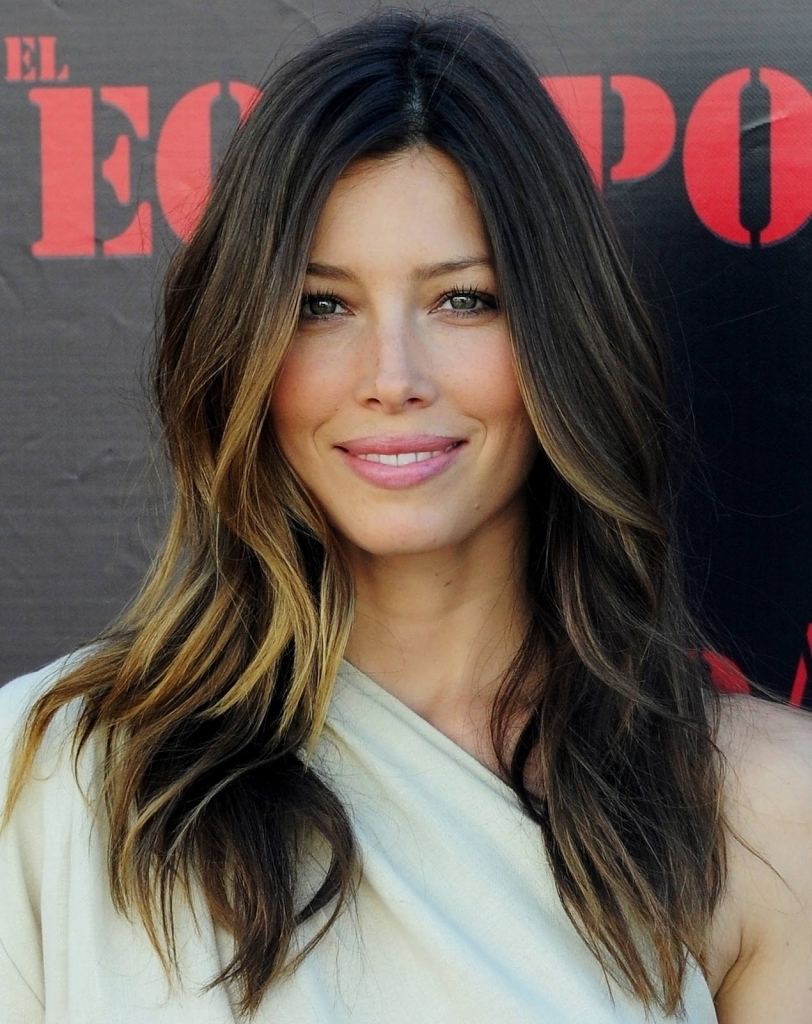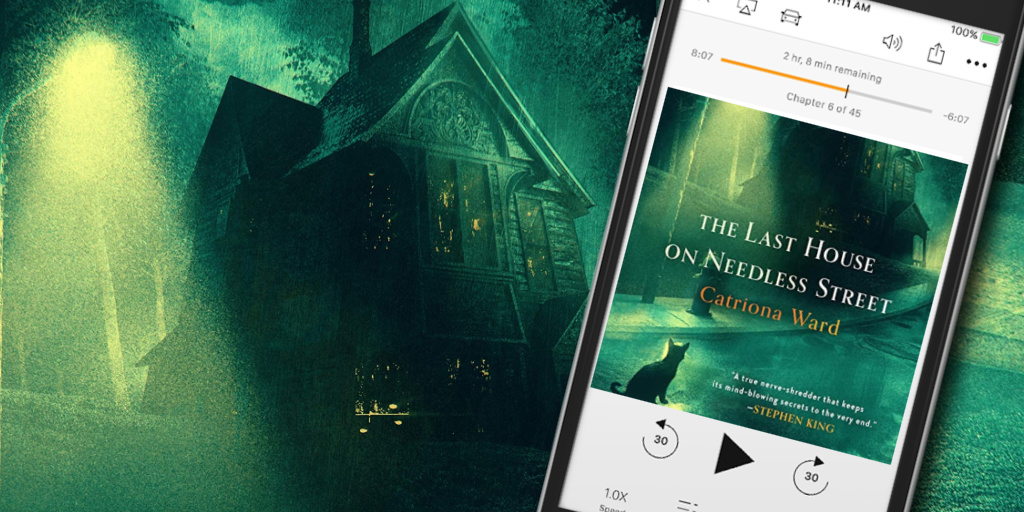Table Of Content

It leaves holes in the cortex and cuticle, making it more porous. As a general rule, the more porous hair is, the more dry, coarse, and damaged it can appear. Bleaching hair involves using chemicals to strip the strand of its melanin so it appears lighter in color. Because bleaching is a 100% permanent method and cannot be washed out, it will last until you get new regrowth. You cannot alter the color of bleached strands except for adding more color onto them, or, alternatively, by waiting for them to grow out. Heat tools can also dry out your hair and cause your color to appear less vivid.
Non-Permanent Color Options
Researchers at North Carolina University have created a database with more than 300 substances in hair dye to research ways to make hair color safer and more sustainable. Especially when it comes to shampoo, which can strip hair color, it’s important to always use color-safe hair products. These types of products contain antioxidants, proteins, and amino acids to strengthen the hair cuticle and prevent pigment from leaking out. Every Davines shampoo for color-treated hair gently cleanses hair, protecting hair color and keeping it vibrant for longer.
NUTRISSE ULTRA COLOR
The 10 Best Hair Colors for Gray Hair That Look Totally Natural - Well+Good
The 10 Best Hair Colors for Gray Hair That Look Totally Natural.
Posted: Tue, 17 Oct 2023 07:00:00 GMT [source]
But if you notice your strands are severely dehydrated, rough to the touch, or breaking off in clumps, it’s high time for a hiatus from all the hair dyes. If you’re using permanent hair dyelike the L'Oréal Paris Feria, give your strands a break in-between dyeing sessions, waiting until your roots grow out. When you do need a refresh, simply do a root touch-up rather than coloring your entire head of hair. The type of dye you use will also affect how many times or how often you can dye your hair without damage. We’ve talked about the differences between permanent, semi-permanent, demi-permanent, and temporary hair dye. The more permanent types of dyes are more damaging to your hair and cannot be used as often as the other varieties.

How Often Can You Dye Your Hair? Get the 411 Here
The Best Demi-Permanent Hair Dyes of 2024 - Us Weekly
The Best Demi-Permanent Hair Dyes of 2024.
Posted: Tue, 02 Jan 2024 05:55:41 GMT [source]
Focus on enhancing your natural color subtly, conditioning diligently, and expanding the time between chemical processes. With some patience and TLC, you can achieve gorgeous hues without compromise. Understanding your hair’s porosity enables selecting optimal dyes and developers for maximum color vibrancy and longevity.
The nourishing weekly treatment will keep hair healthy and color fresh. Yes, you can dye your hair again, the next day, but it isn’t recommended. You will have a high chance of getting some damage done to your hair. If your hair is in general in good condition and healthy, then this is something you might be able to do. You can also speak to a professional to make sure that you don’t dye your hair too often.
Use dry shampoo in between wash days
Protect your hair from the sun by wearing hats or using UV-protective sprays or leave-in conditioners when spending time outdoors. Apply a deep conditioning treatment[4] a day or two before dyeing to nourish and strengthen your hair. Lighten your ends for an on-trend look with this at-home hair dye. For all-over color…try L’Oréal Paris Féria or L’Oréal Paris Superior Preference. Use a tinted dry shampoo to preserve the temporary color for an extra day or two. Coloring can really dry hair out, so nourish those strands with a rejuvenating deep conditioner every week, girl.
All have natural properties that penetrate strands to help repair and prevent additional damage. Adding thermal insult to chemical injury is a recipe for hair disaster. The results you want from your hair color can impact how often you need to dye it. The most common reason hair doesn't hold color is if it's damaged or porous, which is a condition where the follicles can't absorb moisture properly.
How Often Can I Use Permanent Color?
Ultimately, the good news is that there are safe practices for keeping your hair color fresh regularly, and those time frames vary based on your goals. Because color-treated hair can be fragile (thanks to the chemicals in the dye), a heat protectant is a good idea if you find yourself reaching for your blow-dryer every morning. The kind of dye you use will play a large role in determining how long your hair color lasts and how often you can dye your hair.
How do I choose a hair dye that is right for me?
In the morning, rinse out the mask with shampoo and let your hair dry. If you use hair dye or bleach to color treat your hair, add these tips to your hair care routine immediately to keep your color from fading. Certified stylists can also provide professional advice on long-term natural alternatives such as demi-permanent dyes. Heat styling should be done sparingly and with caution, as demi-permanent dyes can survive up to 24 shampoo washes. With the right products and professional advice, you can find out exactly how often to dye your hair depending on factors such as color type or growth rate.
Permanent hair dye—especially bleach—is made to last until regrowth and will have to be grown out of your hair rather than washed out. A semi-permanent hair dye, on the other hand, will gradually fade with each wash. So, if you’re looking to make a color change that will last, permanent hair dye is your answer. The more you wash your hair, the faster it will fade — particularly if you opt for a temporary, semi-permanent or demi-permanent hair color. Try to limit your hair-washing routine as much as possible, and supplement with dry shampoo as needed (we’re fans of the amika Perk Up Talc-Free Dry Shampoo). When you do wash your hair, opt for lukewarm water (or cold, if you can stand it), as overly hot water can dry out your skin and hair.
Because its effects are fleeting, they are safer; they don’t contain harsh chemicals like alcohol or ammonia that make permanent dye last. But generally, every 4-6 weeks is a standard time between colorings. It really depends on a number of factors, like if you’re changing colors, getting a new color, what type of hair you have, and which products you use.
Dyeing your hair is a great way to revamp your look, but how often you should do so will depend largely on the kind of dye you’re using. Color glosses are used to moisturize and keep your color looking bright and vibrant. Temporary dye lasts the shortest amount of time and will typically come out after your first shampoo. Carryl explains that henna has a lot of protein in it, so if your hair receives too much protein it could become dry.
A semi-permanent hair dye can last anywhere from one wash to a few weeks. It’s the perfect choice if you’re not ready to commit to a complete hair makeover. The most important element to maintaining healthy bleached hair is to never reapply bleach to hair that’s already been lightened to your desired shade. “Let's say your hair is dark brown but you want to be platinum blonde,” says Ramirez. Ramiriez says that clients that are almost entirely gray typically like to have their hair touched-up every two weeks with a high-coverage, permanent hair color such as the Redken Cover Fusion.
Before you think about jumping on the hair dye bandwagon, you may be wondering “how often can you dye your hair? ” This is important to know so you can keep your hair as healthy as possible, while still having fun with your look. Semi-permanent dyes coat the surface of the hair shaft but don’t penetrate it.



